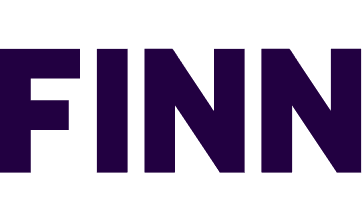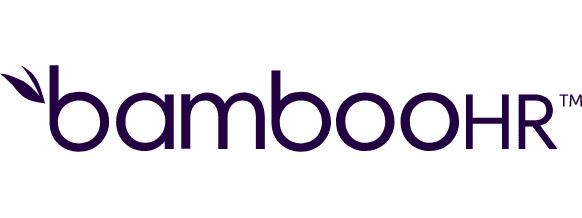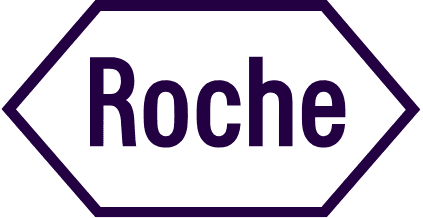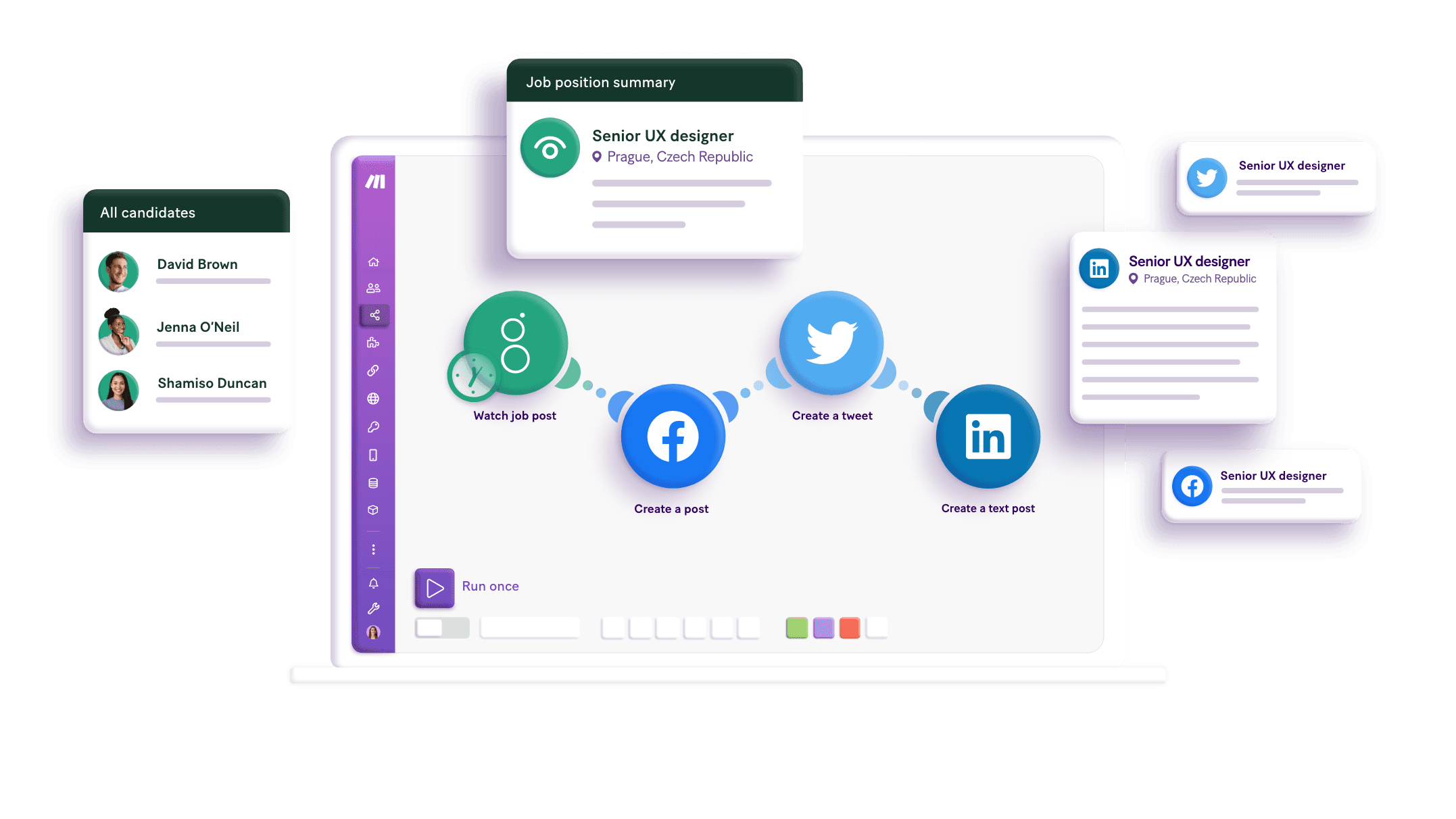Connect lemlist and Google Sheets integrations
Effortlessly connect lemlist and Google Sheets with Make to automate your workflow, pulling lead data and triggering personalized email campaigns with ease, all without any coding.
Trusted by thousands of fast-scaling organizations around the globe






Automate your work. Build something new.
Just drag and drop apps to automate existing workflows or build new complex processes. Solve problems across all areas and teams.

Build your lemlist and Google Sheets integrations.
With Make, you can seamlessly connect Google Sheets and lemlist to automate your workflow. Automatically pull lead data from Google Sheets into lemlist or trigger personalized email campaigns when specific conditions are met in your spreadsheet. By leveraging Make’s visual automation features, set up complex integrations without any coding knowledge and enhance productivity. Integrate Google Sheets as a trigger and lemlist as an action to discover the true potential of automated efficiency.
Adds a lead in the unsubscribed list.
Adds a lead in a specific campaign.
Creates a new conditional format rule at the given index. All subsequent rules' indexes are incremented.
Appends a new row to the bottom of the table.
Adds a new sheet.
Appends multiple rows to the bottom of the table.
Updates multiple rows.
Clears a specified range of values from a spreadsheet.
Clears a specific cell.
Popular lemlist and Google Sheets workflows.
Discover how to automate lemlist and Google Sheets. Simplify data management and improve workflow efficiency effortlessly.
Generate ChatGPT Completions from Google Sheets Rows
Effortlessly enhance your content creation process by integrating ChatGPT with Google Sheets. This powerful template allows you to automatically generate relevant completions, ranging from SEO keywords to custom responses, boosting productivity and content quality with ease. [Learn more](https://community.make.com/t/getting-started-with-openai-gpt-3-and-make/7796?utm_source=make&utm_medium=in-app&utm_campaign=template)
TRY IT ->Add webhook data to a Google Sheet
Use this automation to instantly capture data from a webhook and automatically add it as a new row in a Google Sheet. This is ideal for real-time data logging, form submissions, or any event-driven updates that must be stored in a spreadsheet. [Learn more about webhooks!](https://www.make.com/en/help/tools/webhooks)
TRY IT ->Save Telegram messages to a Google Sheets spreadsheet
Every time a new message is posted to a specified Telegram chat/channel, Make will automatically add that message to your Google Sheets spreadsheet as a new row. The template uses this [example spreadsheet](https://docs.google.com/spreadsheets/d/1dOjxfEroPDXQLJTw2u3XufqifxyoMpAmYNwwoklrVt0/edit?usp=sharing).
TRY IT ->
How to setup lemlist and Google Sheets in 5 easy steps
Access Lemlist Integrations
Start by going to the Settings menu in your Lemlist account and clicking on Integrations.
Get Lemlist API Key
In Integrations, find and copy your Lemlist API Key.
Create Lemlist Connection in Make
In your Make account, open the Lemlist module and create a new connection by entering a name and pasting the API Key.
Add Google Sheets in Make
In Make, add Google Sheets to your scenario and create a new connection.
Connect Google Sheets
Sign in to your Google account and confirm access to finalize the connection.
Enhance Efficiency: Integrate Lemlist and Google Sheets for Automated Data Recording
Integrating lemlist and Google Sheets with Make automates unsubscribe event logging, ensures real-time updates, centralizes data management, and enhances workflow efficiency, allowing more effective data analysis.
Automatically log unsubscribe events from Lemlist to Google Sheets without manual entry.
Ensure your Google Sheets always have up-to-date information on Lemlist unsubscribe events as they happen.
Keep all unsubscribe event information in one easily accessible location in Google Sheets.
Reduce the workload by automating the process of tracking Lemlist unsubscribe events.
FAQ
How it works
Traditional no-code iPaaS platforms are linear and non-intuitive. Make allows you to visually create, build, and automate without limits.







